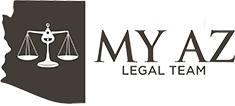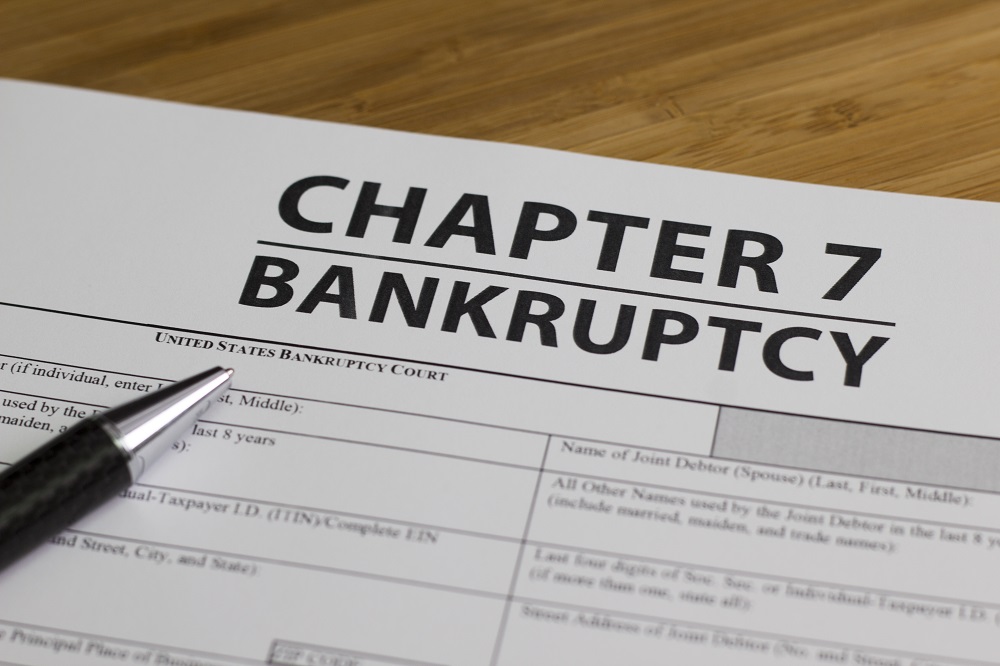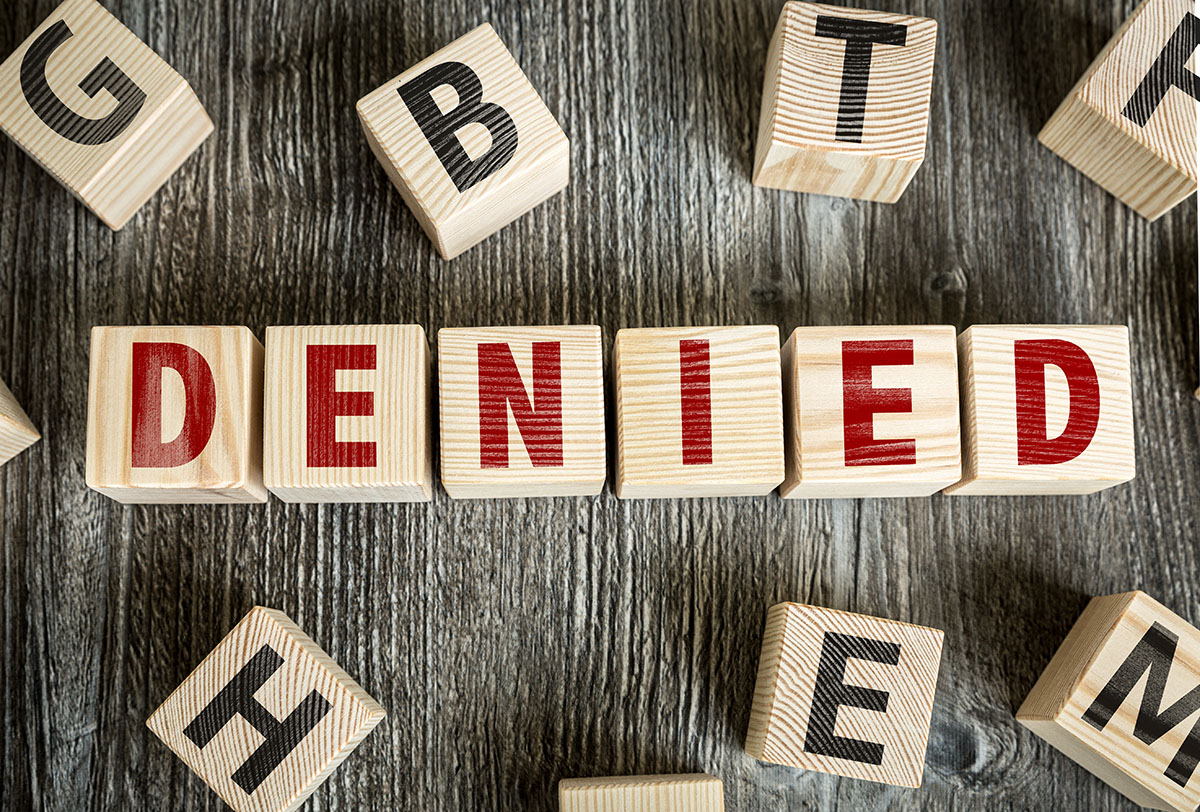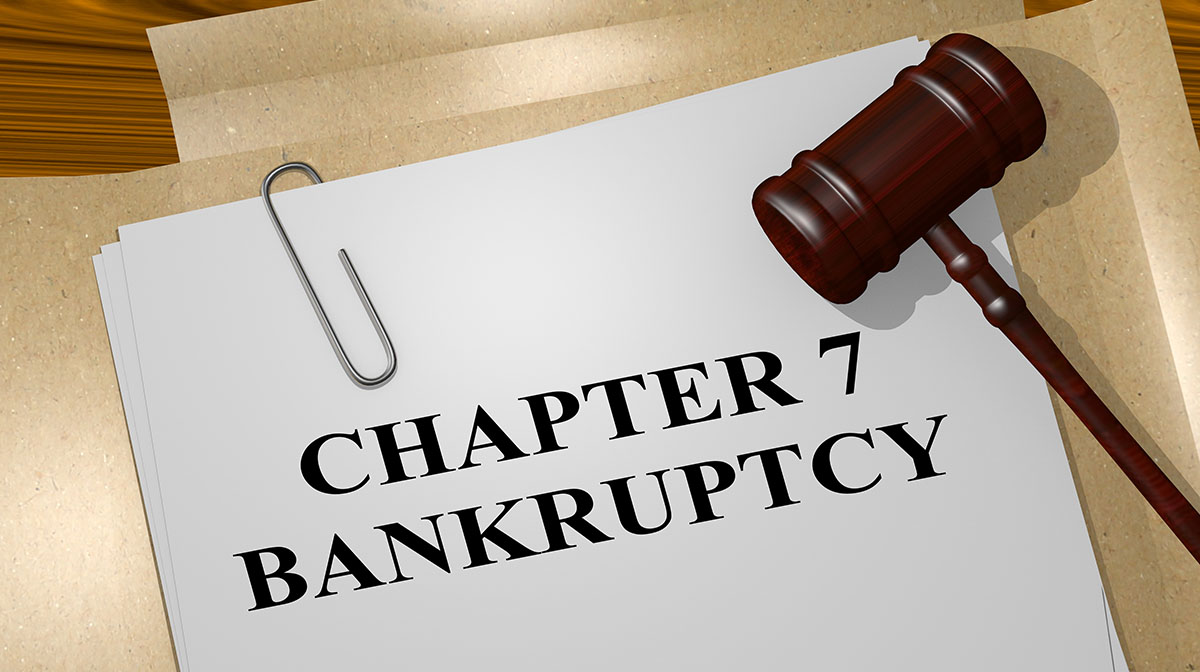Arizona Chapter 7 Bankruptcy Overview
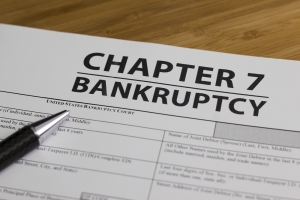 Making the decision to file for bankruptcy is a difficult decision and one that no one takes lightly. To help you in making the right decision, we’ll take an in-depth look at Arizona law around bankruptcy and the many intricacies surrounding it.
Making the decision to file for bankruptcy is a difficult decision and one that no one takes lightly. To help you in making the right decision, we’ll take an in-depth look at Arizona law around bankruptcy and the many intricacies surrounding it.
Deciding which type of bankruptcy to file is one of the first steps in the process. Chapter 7 bankruptcy is also known as liquidation bankruptcy. This article covers the many important things you should know about Chapter 7 bankruptcy in Arizona before you file.
Benefits of filing Chapter 7 bankruptcy in Arizona
Chapter 7 bankruptcy can give you a new start in rebuilding your financial health after things have gone wrong. As the most common type of bankruptcy that people file in Arizona, it’s an effective way to end harassing phone calls from debt collectors.
In fact, once you’ve filed the petition for Chapter 7, creditors are required to stop calling you. Plus, they can no longer repossess or foreclose on any of your assets and they are no longer permitted to garnish your wages.
You’ll also find that Chapter 7 bankruptcy can limit the time that bankruptcy impacts your credit score. Filing for Chapter 7 bankruptcy in Arizona means that it will remain on your credit report for 7-10 years. While in some circumstances, Chapter 13 might have a shorter affect, in Chapter 7, you begin the recovery phase right away starting the day you file.
The process of filing for Chapter 7 bankruptcy can take about four to six months. The good news is, that means that your credit can begin the recovery process in as little as four months so you can return your finances to a healthy state. In Chapter 13 bankruptcy, your credit does not begin rebounding until you’ve completed the payment plan, which can take three to five years.
It is best to discuss your financial situation with an expert as soon as possible. Filing the wrong type of bankruptcy or filing it at the wrong time in your financial journey can further harm your credit score and make things even more complicated than they currently are for you.
With Chapter 7 bankruptcy, you also might be able to open new lines of credit within as little as three years, depending on your circumstances. With Chapter 13, you must wait until your payment plan is complete. In the early years following your Chapter 7 bankruptcy filing, your interest rates on lines of credit will be significantly higher but opening a new line of credit can help you rebuild your credit score on your way to improved financial health.
Click here for information on Chapter 7 bankruptcy.
Arizona bankruptcy laws and state exemptions
Arizona’s bankruptcy laws help to protect your assets, such as your home, vehicles and other assets. Many residents who file for bankruptcy are able to keep their possessions so that they do not have to sell them off to regain financial health. This will help life feel more normal and enable you to get back on your feet sooner than you might in other states.
Those who file for Chapter 7 bankruptcy in Arizona are permitted to retain their possession of the following assets.
- As much as $150,000 of equity in your current home
- Up to $6,000 in furniture for individuals and $12,000 for couples (but there are exceptions to this)
- As much as $300 in cash
- A vehicle worth up to $6,000 per person with up to two vehicles for couples
- Personal property that meets various limits according to the law
- Retirement benefits you’ve already saved
- No less than 75 percent of disposable income earnings based on your income level
For help with filing for bankruptcy or challenging the court’s bankruptcy decisions as it relates to your financial health, you should hire an Arizona bankruptcy attorney to guide you through the process.
Click here for information on how can an economic recession lead to bankruptcy.
